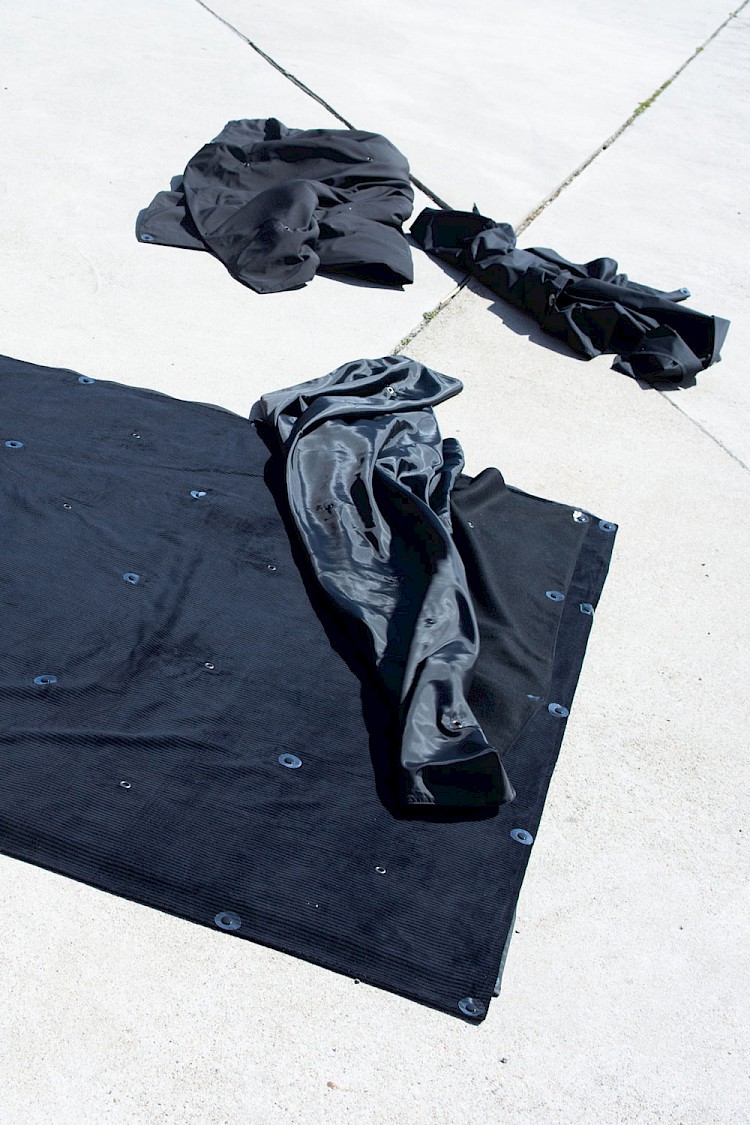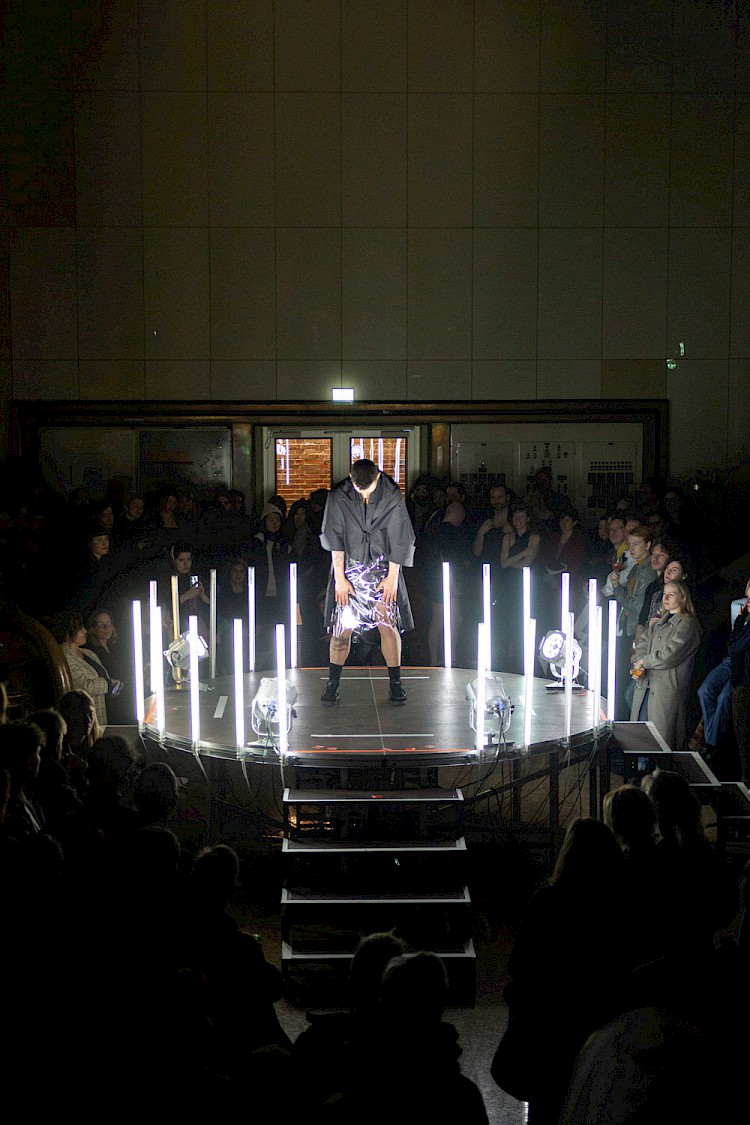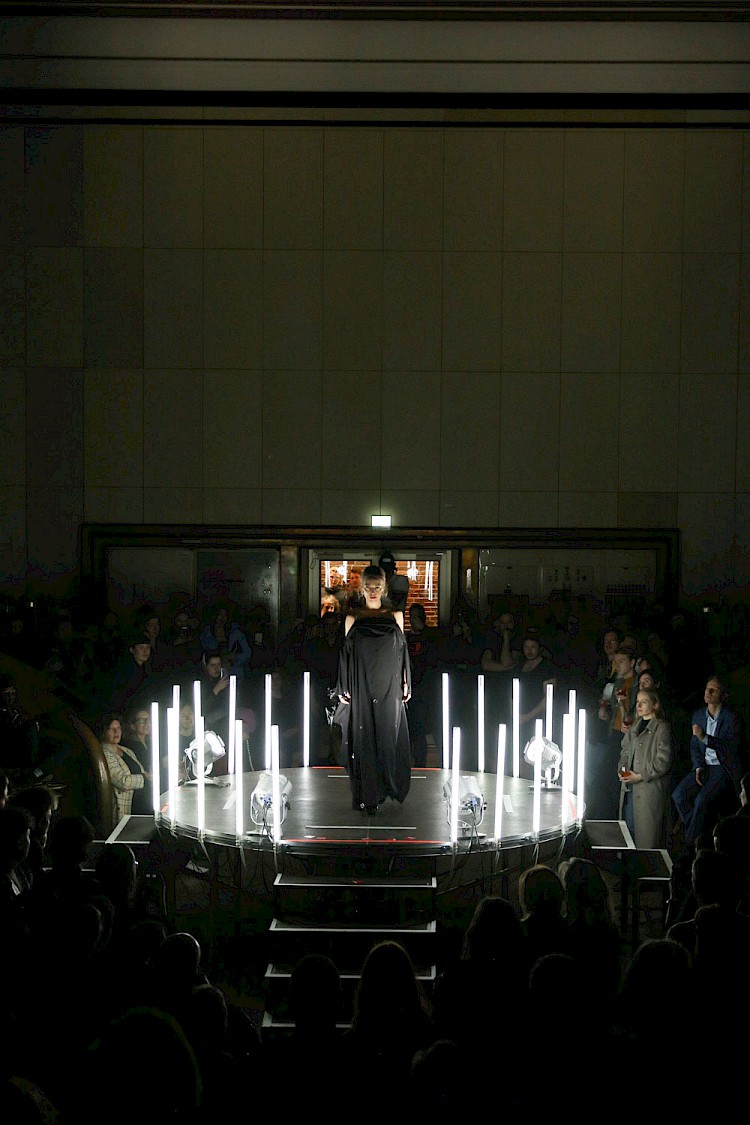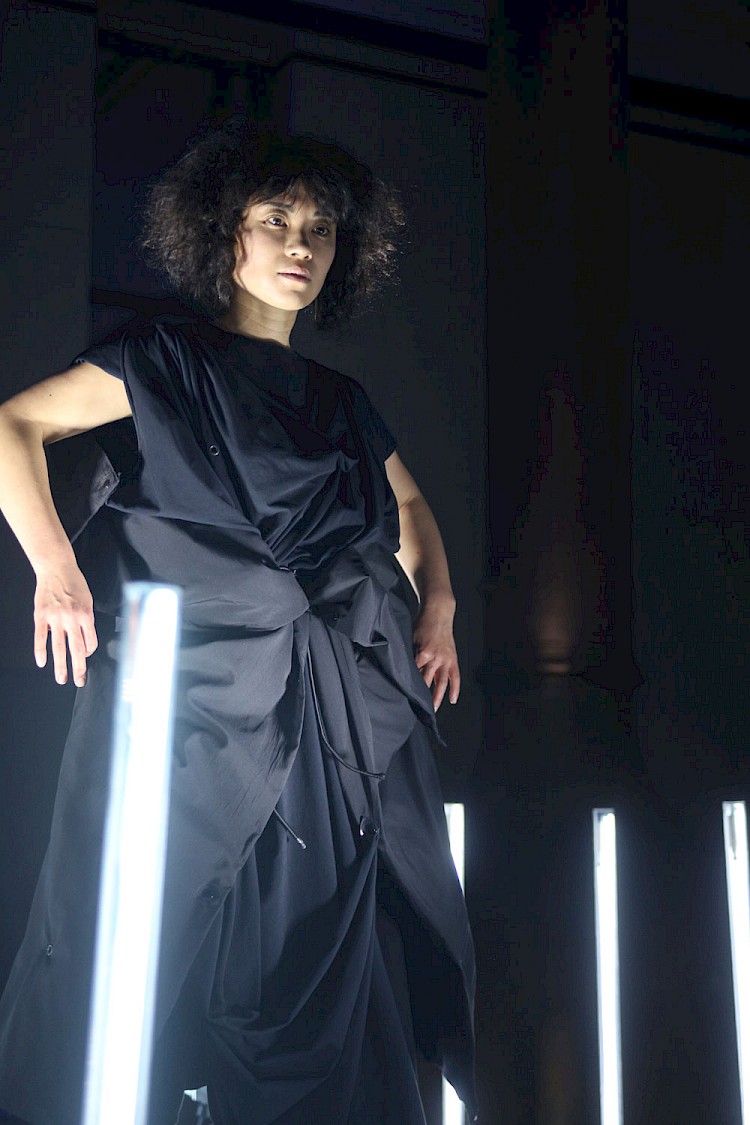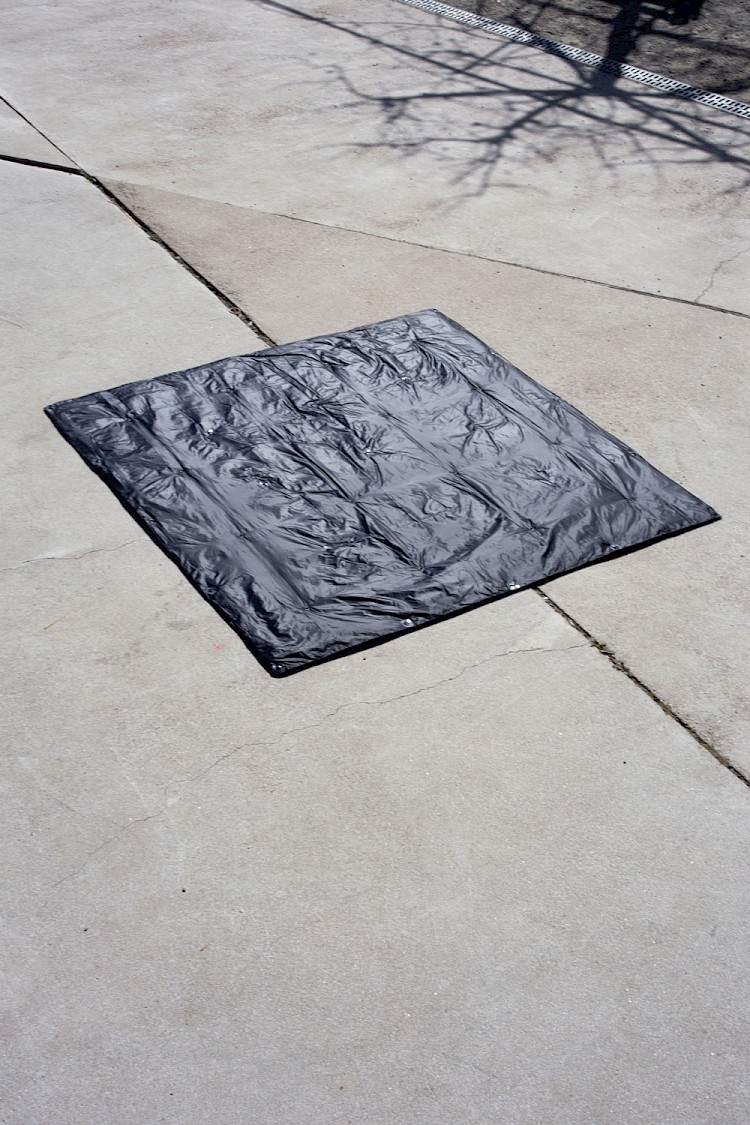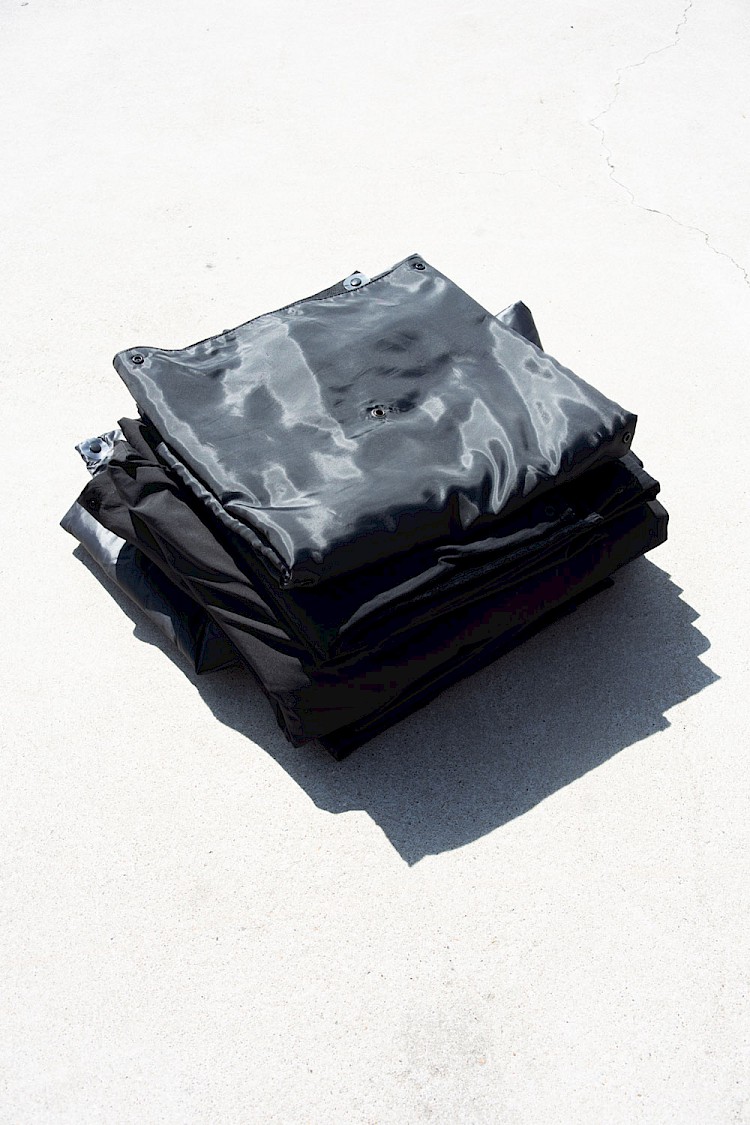BIEST
Fashion show
Sound: Daniel Matz, Raphael Sbrzesny
Soundcollage: Roger Ditter Licht: bo_(backoffice)Berlin
Grafik: Manuel Bürger Foto: Fanny Harlan, Palma Llopis
Video: Antje Engelmann, Steven Paul
Danke: Julia Apitzsch-Haack, Malwine Nicolaus
mit freundlicher Unterstützung: KINDL – Zentrum für zeitgenössische Kunst, Kosmetiksalon Babette
...
The BIEST in me! The Biest in you! „The beast in me is caged by frail and fragile bars […]“ Lalalallallllllaaaalla. Let these bars get even more fragile!
Clarity can be achieved in only two ways – either by ignorance in face of the unprecedented complexity of the world or by reduction of the complexity to its essentials. Yet just as the excerpt is always a grounding of the whole, so BIEST explores both ways. The ground or Rome is in this case the concept of a social architecture of clothes. Since 2011 BIEST has been investigating spaces and bodies. The modular in its power as an entity to bring forth new entities. The multivalent in a brief moment of univalence. Rattling the bars of overhasty attributions. Assigning format categories such as ‘fashion’, ‘interiors’, ‘architecture’ or ‘accessories’ we have rejected as superfluous.
All this is BIEST Berlin. With the support of so many friends!
BIEST
QUADRAT
A hundred years on, what once – in an emphatic gesture – assumed the place allocated to an icon has long since itself become an icon. When first presented on 7 December 1915 in the Dobytčina Gallery in Petrograd, Malevich’s ‘Black Square’ (on a white background) took over the position which, in a traditional Russian house, is reserved for a religious icon.
Concerning this event, Malevich is quoted as follows: “When in 1913, I was trying desperately to free art from the dead weight of things, I exhibited a picture that was nothing but a black square on a white field … What I exhibited was not an empty square, but rather the feeling of non-objectivity.” The fact that underneath (that is, under the visible picture surface) there is now presumed to be a further picture is something that could have been foreseen. For the appearance it is first and foremost the surface that is relevant – and only partially the quality of the bearer material. And multiple layering, after all, is always given, but the desire and will is for compaction and clarity.
To the question as to whether Malevich and Mondrian have not already said everything that can be said with a square Josef Albers answers: “No. Mondrian never painted a correct, precise square. And Malevich only rarely showed it mathematically. I believe that, fundamentally there is no ultimate solution in visual formulation. Each and every form demands repeated ‘performance’.”
BIEST’s new Square series engages and exercises the ideas of non-objectivity and of performance. Namely, a non-objectivity which, when filled by its wearer, again becomes a body, a thing, an object. Wherein otherwise could its substance and shape lie? And surprisingly contour-giving into the bargain. There is always the need of a space for rendition, reverberation, resonance. The white ground in Malevich, the frame of the picture, the border to another colour, contour, meaning. It would be too easy to see in nothingness always just the immanent whole. At BIEST, the Platonic body (that is, the body with utmost symmetry) and our bodies (that is, bodies that are human only when and because they are asymmetrical) come together in repeated perfomance. If symmetry enhances the aesthetic feeling of beauty / truth – are we then the winners?
